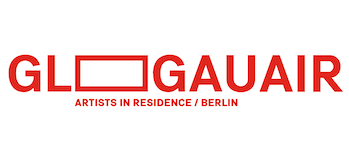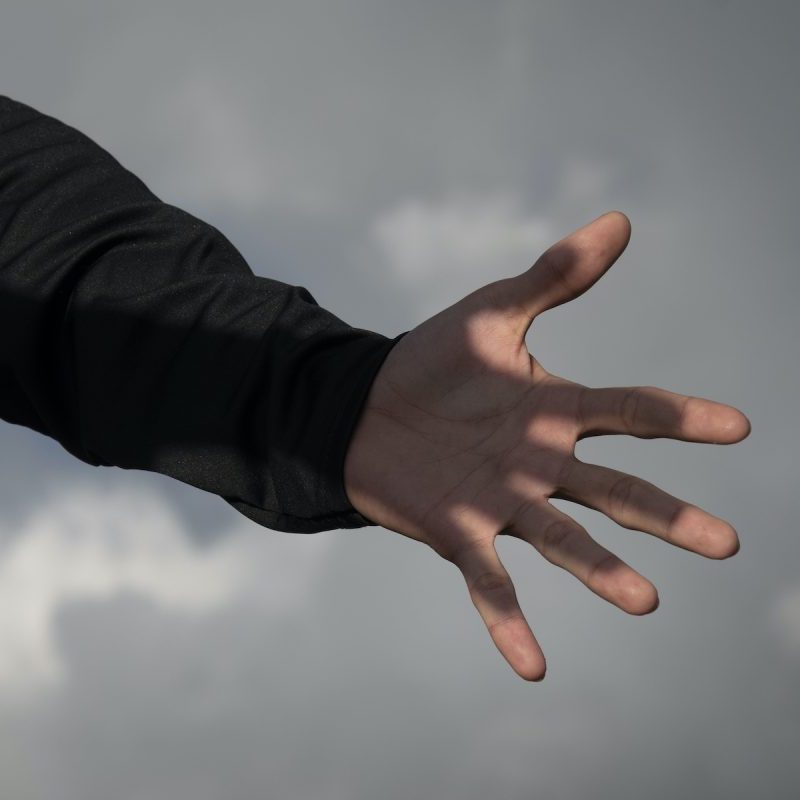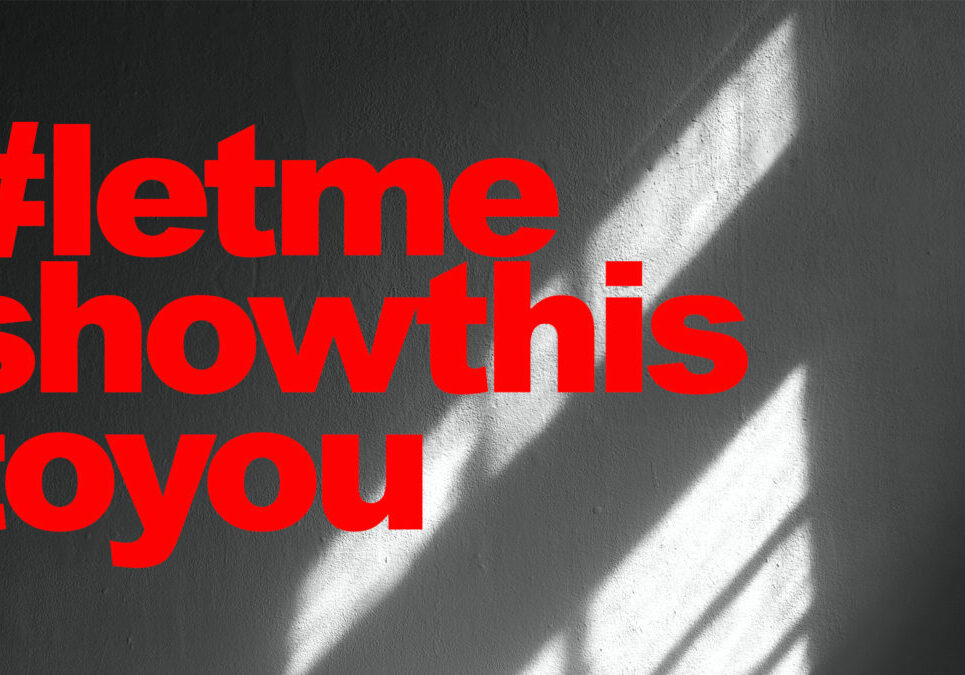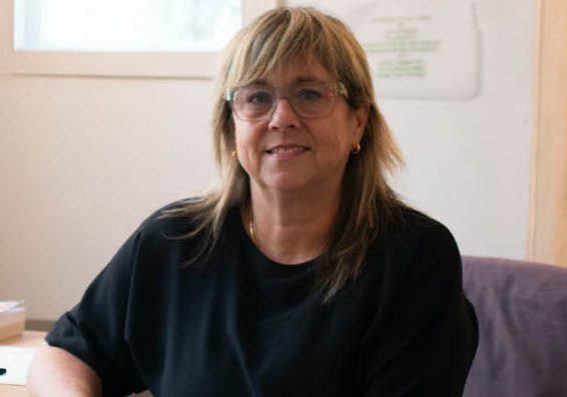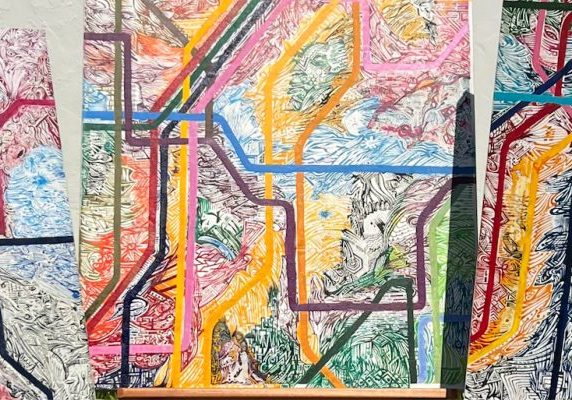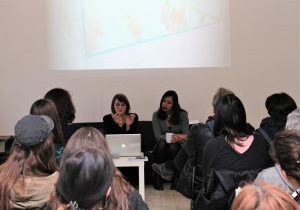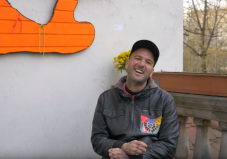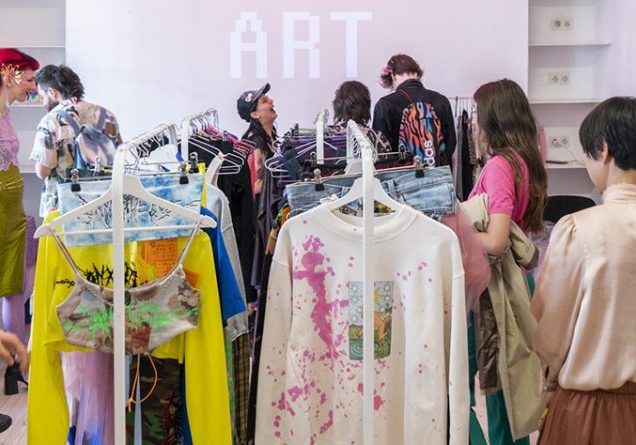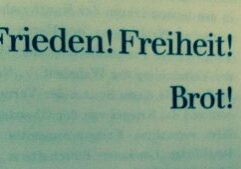Meet the Artist // Eva Busch Verni
Eva Busch Verni is a multidisciplinary artist from Chile currently based in Berlin. Her work fluctuates between time-based media, sculpture, drawing, photography, and writing, always with a focus on sensory and sensitive experiences. She explores themes of fluidity, ephemerality, arbitrariness, and eroticism. Her process often uses accessible materials and is informed by the principles of meditation.
Can you tell me about your background and the project you are proposing for this three-month residency at GlogauAIR?
I’m an artist from Chile, and I’ve been living in Berlin for about a year. I studied visual arts and aesthetics in university, and I recently completed a certification course in a meditation technique based on jungian psychology. My interests are quite varied and my creative practice is multidisciplinary; I have worked with various materials in my artmaking process, which tends to be quite experimental and spontaneous, and I have also dedicated some time to writing, studying meditation and spiritual practices, teaching, and collaborating in cultural projects.
For my project at GlogauAIR, I’m mainly working with latex. I’m quite interested in its flexibility, its transparency and how it absorbs textures from different surfaces. It’s quite a versatile material, and I’ve really enjoyed working with it. As a parallel investigation, I’m also exploring the symbolism of hands. I’ve been doing drawings of palm lines, silhouettes of hands and the empty space between them, playing with composition, contrasts, and transparencies. Hands have been a recurring symbol in my personal imagery for a while, but I’m only now working with them more explicitly. These two investigations converge in the concept of skin: the boundary between inside and outside. Ideas of imprints, traces and vestiges are central in my current practice as well.
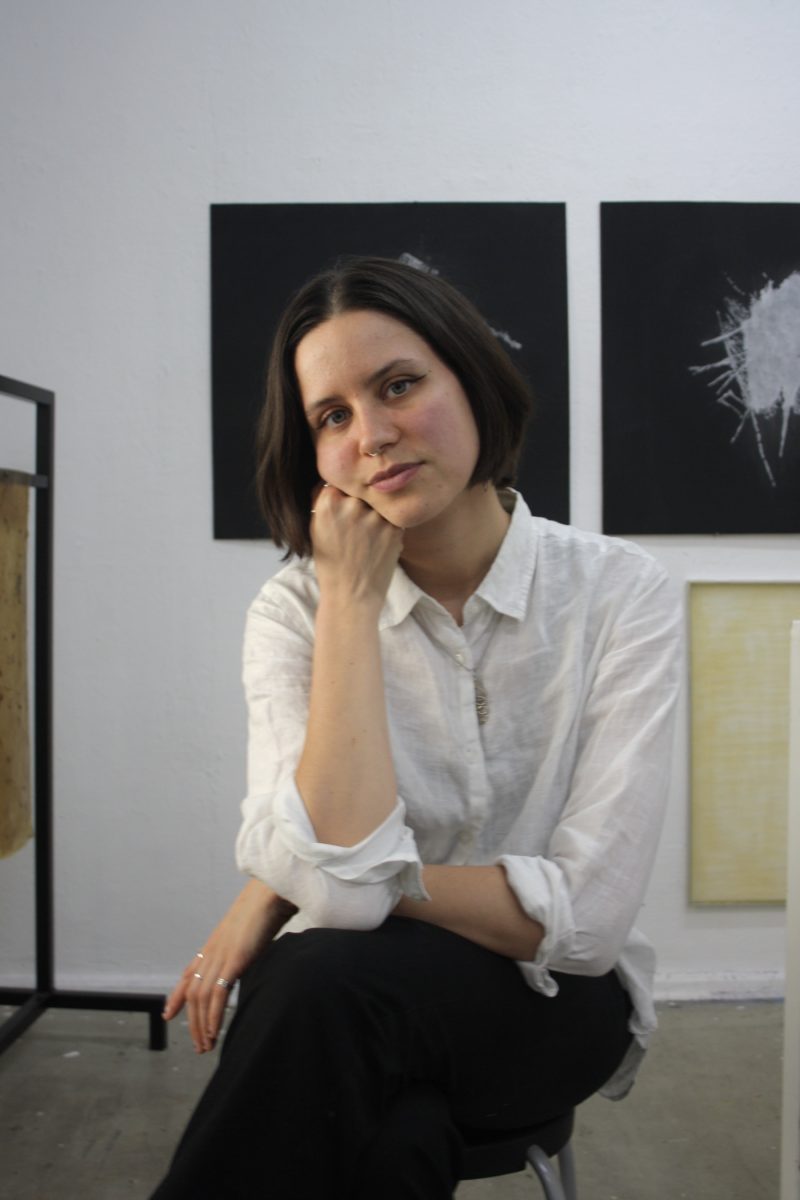
In your residency project, you described skin as a permeable membrane, and you speak of exploring boundaries and limits. Could you share how this idea has begun to materialize in the pieces you’re working on?
This idea of working with the permeability of skin was quite intuitive and visceral at first, so I wasn’t sure how it was going to physically materialize in my work. As I’ve been exploring with latex, I think boundaries and limits have become visible in its relationship with space and light: how you can see through the material, how light affects artworks and expands their size beyond their physical limit, and how latex relates to its environment as well – especially in the work I did for the showcase window, where I took the imprint of a texture from the street. What the latex absorbs into itself in its liquid state when it’s put on any kind of surface is technically the “skin” of that surface, which I find quite interesting. If I put the latex on the sidewalk and peel it off, I’m taking the skin of the street, and anything that may fall on it from above also has to do with its direct environment. Physically it quite resembles skin, too; it’s mostly a tactile exploration.
The work I’m doing with hands is a bit more graphic and conceptual. Our sense of touch is one of our most important ways of interacting with the world, and hands are the main parts of the body with which we do this. With them we create, we learn, we give and receive, we communicate, we heal, we touch and we express. They are both an input and an output, like a membrane between ourselves and the other. They also have countless meanings associated with them. In Eastern philosophy, for example, especially in Taoism and Traditional Chinese Medicine, the center of the hand is a very important energy point, which I have referenced in one of my artworks. In some of the drawings where I’ve used images of hands, I’ve focused on the spaces between them, pointing to the space of encounter and relationship; the energy that is exchanged between one skin and another. I think boundaries play a big role here.
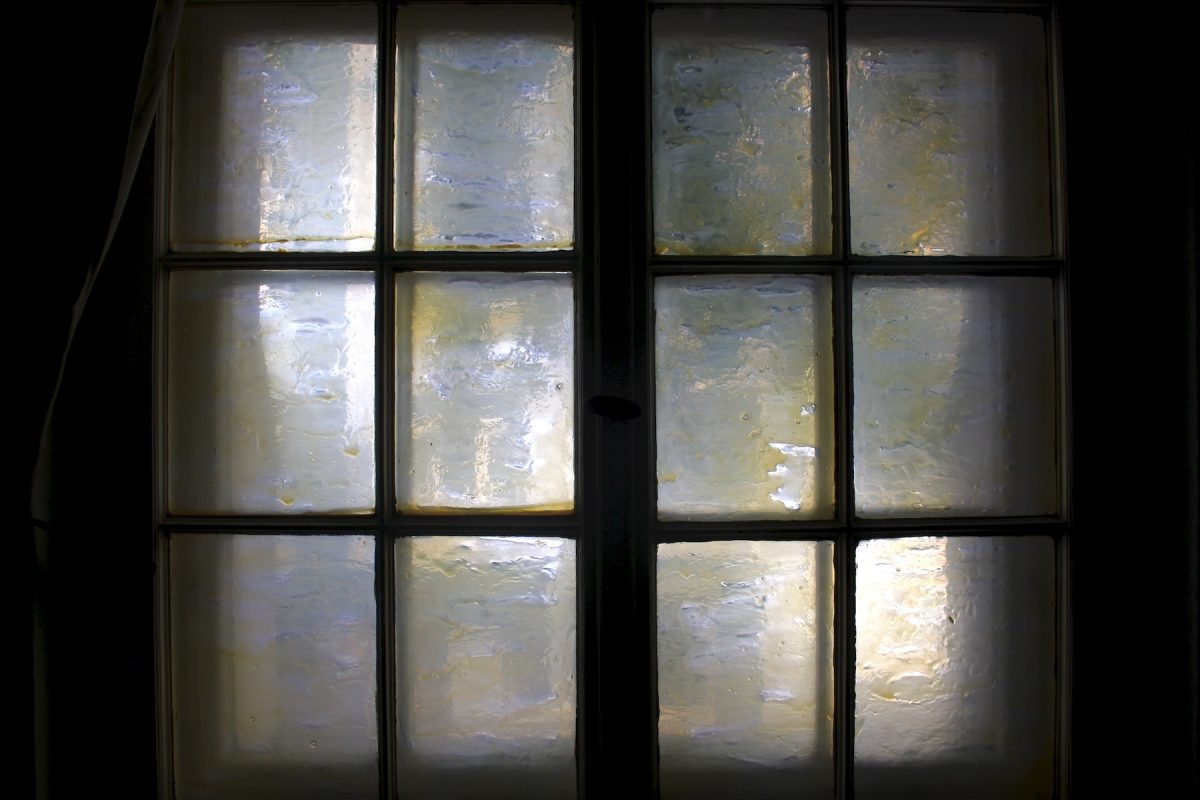
How do you navigate the tension between unpredictability and intentionality in your current work? Is there a balance that you’re consciously seeking or the materials that you are using guide that negotiation?
This is such a good question. I think there’s always an unconscious search for balance, but I find that it’s quite a fragile state, never fully achievable. Tension is an important concept here: you can’t have a work be fully controlled or fully unpredictable, it has to be a conversation between both. The unknown factor keeps it interesting. When I find some kind of balance in my process, I feel like I have to move somewhere else where I do feel tension, something that pulls one way or the other.
I sometimes imagine my process as being in a dark room, something I have to find my way around. It feels unknown to me at first, and a little bit unpredictable. I need to feel my way through touch and intuition, slowly finding my bearings. Then my eyes start adjusting to the darkness and I start to see where I’m standing, making sense of the space around me. That’s what creative process often looks like: it begins with a small intuition, or something that sparks my interest, and only once I start going into the work, I begin to “see”.
In that sense, the element of play is quite important: being able to play with materials, images, ideas and things that spark my interest, usually because I want to see how something looks and works. With the materials themselves, I think there’s always negotiation between what I’m able to control and what the material then gives me, especially with fluid materials such as latex or plaster.
In exploring things like desire and change, are you drawing from inner narratives, collective experience, or both, and how do these layers coexist in your artistic process?
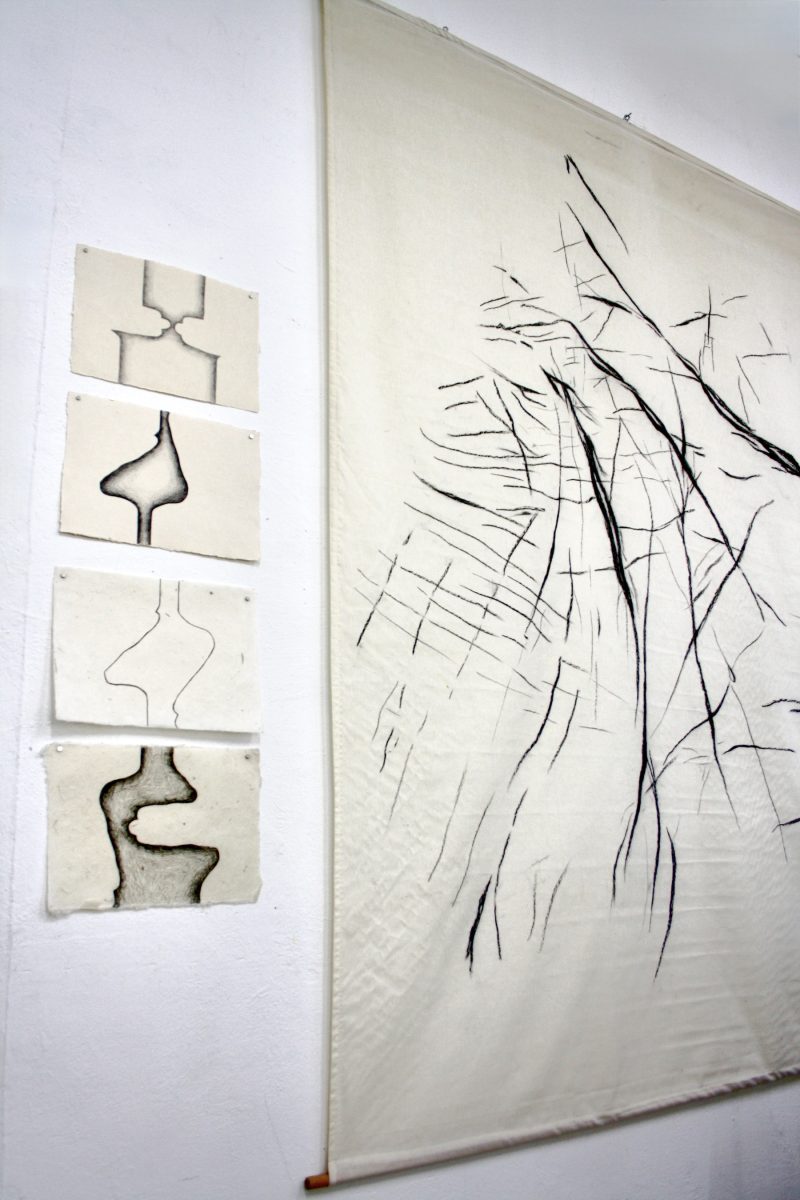 I would say it’s a combination of both, because personal experience is never completely isolated from the collective, but the starting point of my work is usually an inner narrative, or my own experience within my environment.
I would say it’s a combination of both, because personal experience is never completely isolated from the collective, but the starting point of my work is usually an inner narrative, or my own experience within my environment.
The themes of desire and change have been very present for me, both in my art and in my personal life. I approach them from a place of questioning and interest: how I relate to my own desire in interpersonal relationships, how change plays an important part in my life, and how my experience in my body can be translated into art. When there are things I don’t quite grasp, they tend to make their way into my work, even if it’s not entirely intentional.
I usually feel like I’m in conversations with the work I make: something comes out of me because it needs to, and it speaks back to me afterwards, like a kind of echo. It gives me hints about some underlying themes that surface in my work. If desire and change are not clear elsewhere, for example, they begin to resolve as I explore them artistically. It’s quite intuitive, and I start seeing the links between my inner world and my art after the work is already there. I often start with an interest in specific materials, a small idea or an image, and I understand the motives later.
Regarding the collective, I do think personal experiences can be shared, and art is a very good example of this. Something that feels intimate and obscure can be shared with many other people, even in unspoken and private ways. When talking about change, the body’s relationship to the environment, the permeability of skin, I feel like the process of migration has played an important role. I’ve lived in a few different places in my life, which has affected my way of being in the world and relating to my surroundings. Most recently, moving to Berlin has been a very intense and emotionally charged experience. Maybe that’s a more indirect theme that comes out of my work; but I think moving between places, to me, has made the exploration of skin, boundaries, and bodies more important and necessary. It’s like trying to find a sense of home in your own skin when you’re moving around, understanding how it always changes and how it’s affected by the environment.
